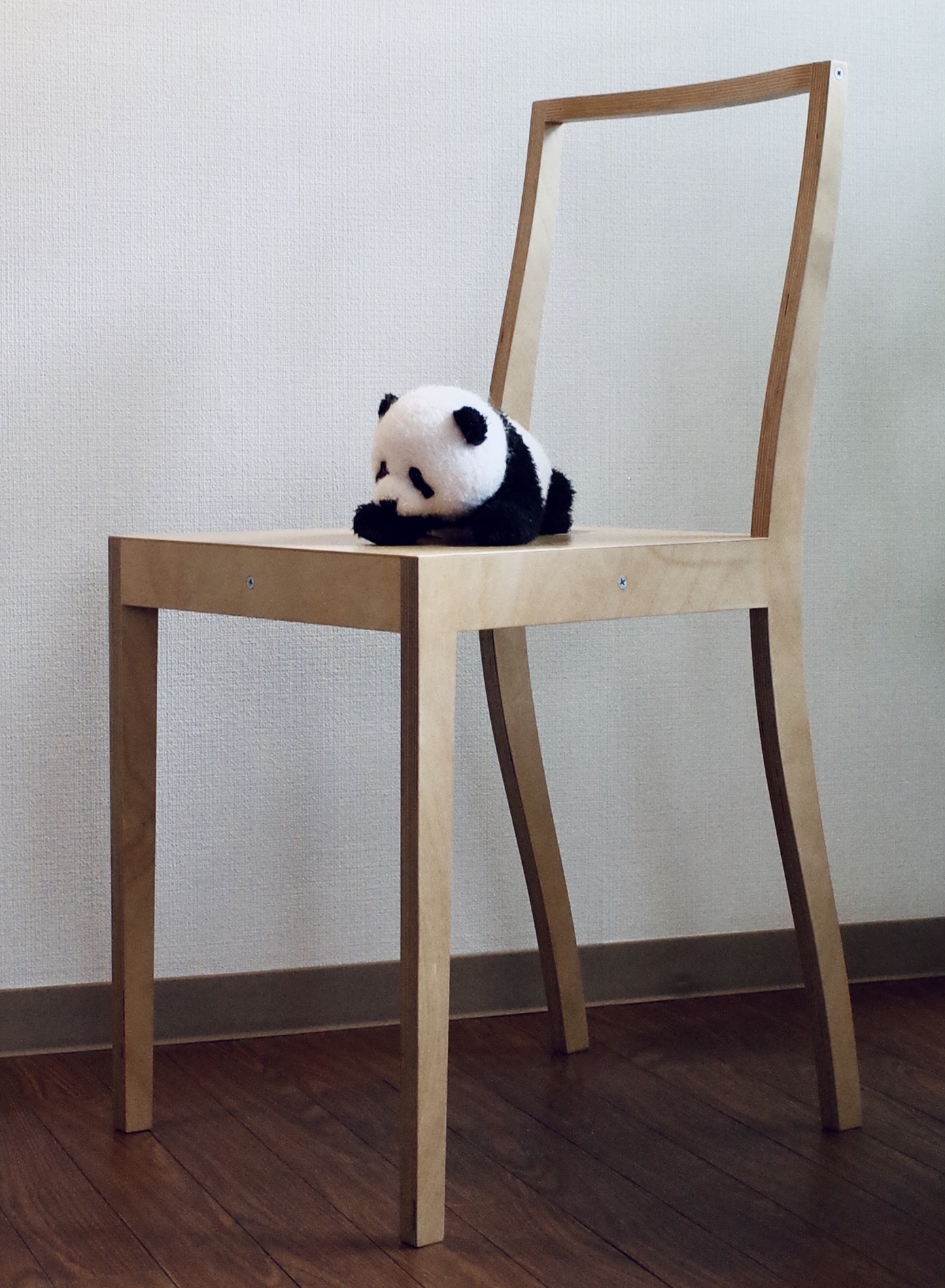This dining chair by Jasper Morrison was love at first sight. I was a college student when I encountered it in the then-newly opened HH Style shop in Harajuku. (It was located in the Cranes 6142 building designed by Kazuyo Sejima, which had opened on Cat Street in 2000. The space is now occupied by a different tenant.) It is made out of plywood and very light. The seat and front legs form a right angle, and the backside has a curve like that of an old-fashioned chair. Sparse, as if cut out of a paper pattern. The back consists of only an open frame. All parts are made out of plywood. It is very simple, but still very charming.
I absolutely needed it, and so I bought just one. This was a time when everyone was into Eames and Prouvé, and I was an undergrad studying architecture. In one class, I learned that the newness in Eames design came from how the columns and beams, the floor, and even the curtains and ornaments—everything from big to small—were given equal treatment. Prouvé’s charm was in the joints. And Bucky Fuller too, he had envisioned his dreamy ideas from the small joints that connect the many elements of tensegrity. Morrison is far younger than them, but he has an understanding of their thinking. You can tell by looking at this chair and how the ordinary screws that connect the parts are left as is. God dwells in the details. Screws are not meant to be hidden.
For a while, I kept it in my room just to look at it. Eventually, I found myself having to hit the books for a year to take the first-class architect exams. The second section was a drafting exam—by hand. After I came home from work, I would spend hours on end grinding away at the drafting table. That was when I first used this chair, and no matter how long I sat, my butt and back were stiff-free. The second time I used the chair was when I went freelance. In about a year, I bought an office chair, so the chair is now back to being looked at. So I only use this when I’m grinding away at something. Not once have I used it for dining.

Written & Photographed by Satoko Shibahara




